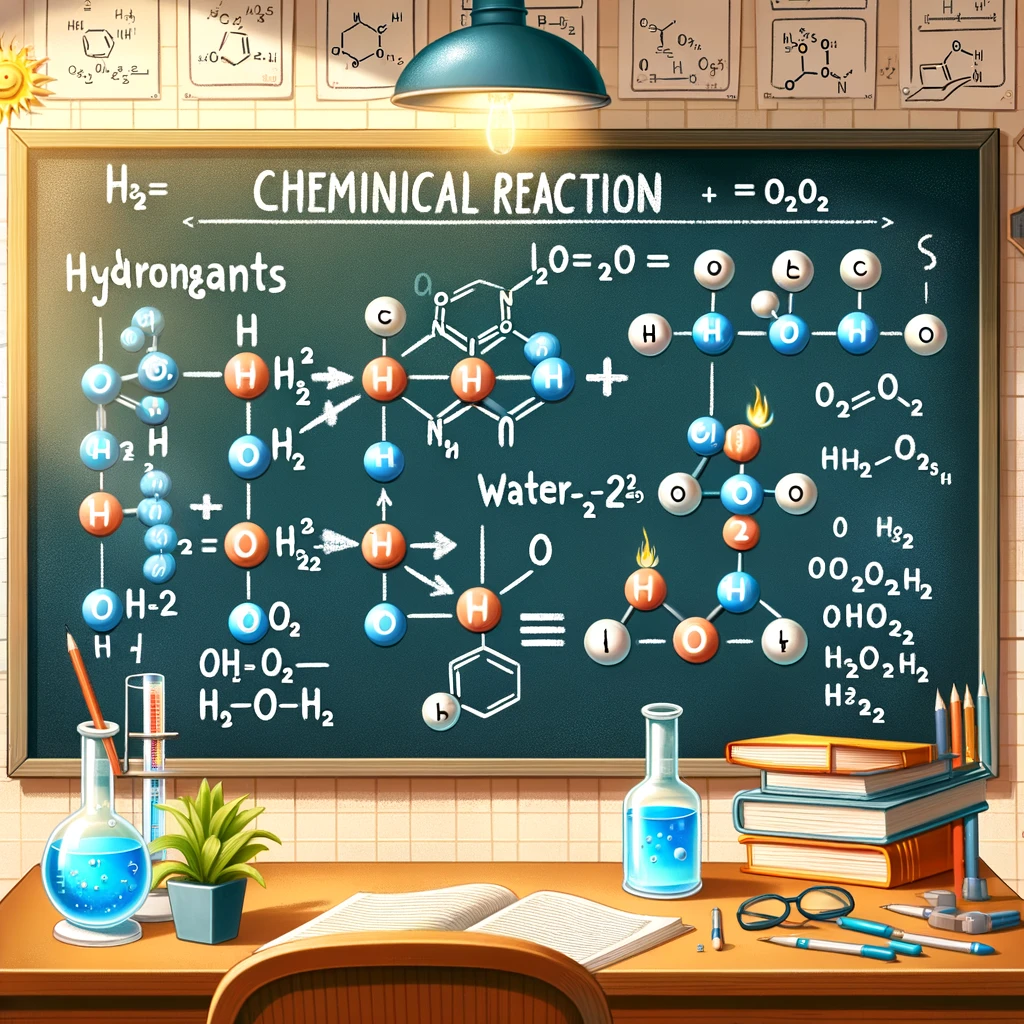
Understanding Chemical Reactions and Equations: A Foundation for Class 10th Science

Chemical reactions are the backbone of scientific studies in chemistry, forming the basis for innovations in medicine, environmental science, and material development. For students in Class 10th, grasping the fundamentals of chemical reactions and equations is crucial for their academic progression and curiosity in science.
What is a Chemical Reaction?
A chemical reaction involves the transformation of one or more substances, known as reactants, into one or more different substances, called products. These transformations occur when reactants undergo chemical changes, leading to the formation of products with properties distinct from those of the reactants.
Significance of Chemical Equations
Chemical equations provide a symbolic representation of chemical reactions. They depict the reactants and products, their quantities, and the conditions under which the reaction occurs. A balanced chemical equation ensures the law of conservation of mass is satisfied, meaning the total mass of reactants equals the total mass of products.
Types of Chemical Reactions
- Combination Reactions: Two or more substances combine to form a single product.
- Decomposition Reactions: A single compound breaks down into two or more simpler substances.
- Displacement Reactions: An element in a compound is replaced by another element.
- Double Displacement Reactions: Ions in two compounds exchange places, forming two new compounds.
- Combustion Reactions: Substances react with oxygen, releasing energy in the form of light or heat.
Balancing Chemical Equations
Balancing chemical equations is essential for accurately representing the conservation of mass. This process involves adjusting the coefficients of reactants and products to ensure the number of atoms for each element is equal on both sides of the equation.
Practical Applications
Understanding chemical reactions and equations has practical implications in various fields:
- Environmental Science: Addressing pollution through chemical reactions that neutralize harmful substances.
- Medicine: Designing drugs based on specific chemical reactions targeting disease pathways.
- Material Science: Developing new materials with desired properties through controlled chemical reactions.
Conclusion
For Class 10th Science students, mastering chemical reactions and equations is not just about passing exams—it’s about laying the foundation for future scientific exploration and problem-solving. This knowledge opens doors to understanding the world at a molecular level and contributes to advancements across multiple scientific disciplines.